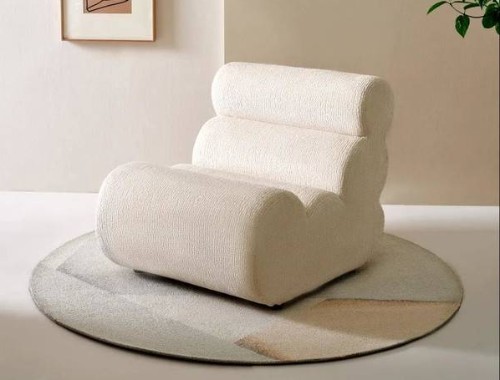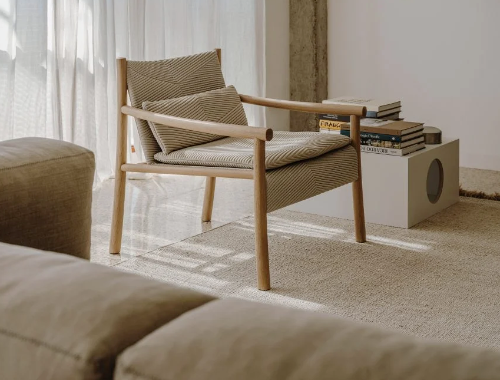Hooker Furniture exiting youth bedroom category
Six years after completing the purchase of youth bedroom resource Opus Designs, Hooker Furniture has revealed it is exiting the youth category.
Six years after completing the purchase of youth bedroom resource Opus Designs, Hooker Furniture has revealed it is exiting the youth category.
In a conference call Wednesday announcing its third quarter earnings, company Chairman and CEO Paul Toms Jr. said the company decided late last year to exit the category. At the April 2013 market, it began telling customers of the decision, but did not disclose it publicly until Wednesday's conference call.
"Youth furniture never represented more than 3% of (case goods sales) volume, although it is a SKU-intensive category, requiring a specialized approach," he told industry analysts. "We made the decision late last year to exit the category as we believe our efforts are better focused in other more viable categories for us, such as collections and accent furniture."
He also said the company's quarterly results - including a 13% drop in net income compared to last year's third quarter - was due to significant discounting required to sell off inventory. Since the beginning of the year, the company has reduced its inventory from $7.5 million to about $3 million today, Toms said.
After the conference call, he told Furniture/Today that he expects the discounting will likely continue for the next quarter or two.
Since the company completed the purchase of Opus in late 2007, the brand has been aggressive with introductions, particularly those geared to teens and tweens. Boy's and girl's bedrooms included bunk beds, twin panel beds, beds with storage headboards, daybeds and companion case pieces such as nightstands and media dressers.
At the time of the purchase, twin beds without storage were targeted to retail around $299 while bunk beds retailed around $699.
Opus was known for the level of style it brought to the category, including groups that could eventually be used in second bedrooms. The brand also introduced interchangeable color panels for drawer fronts and headboards of girl's groups such as Lily.
But Toms said that based on the number of SKUs in the category, it took up a significant amount of showroom space, not to mention financial resources devoted to samples.
"It wasn't a good investment in dollars or time spent merchandising," he said. "A good (case goods) collection will do two to three times what we did in the whole category. We felt everybody's time and energy was better spent in categories that do better."
Jeff Watson, owner of Chesnee, S.C. based Watson Furniture Co., said his store carried the line in the past. However, it was a tough sell at what he considers the higher end of the category.
"I think everybody thought the youth market was going to be a huge market, and I don't think it every became what companies thought it would be," he said, noting that not a lot of customers are willing to spend a lot for a youth bedroom that may not be used once the child outgrows it. "You have to have youth furniture, but it is a hard sell at the higher end. That is where we ran into it being a hard sell."
-

Quanyou teamed up with the fashion brand ANNAKIKI to launch a new joint product!
-

Outer, an outdoor furniture brand founded by Chinese, enters the Australian market
-

National Bureau of Statistics: The retail sales of furniture in the first three quarters reached 120.5 billion, an increase of 20.7%
-

Enveloping lounge chairs and lightweight office chairs from Arper feature

 沪公网安备31010402003309号
沪公网安备31010402003309号



